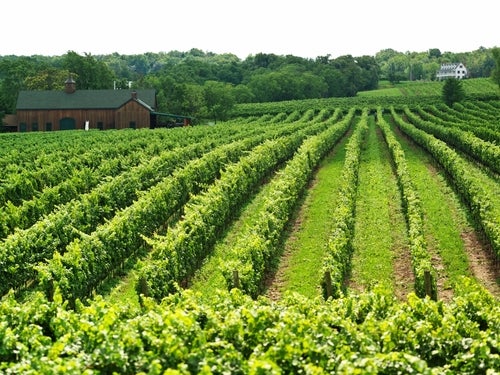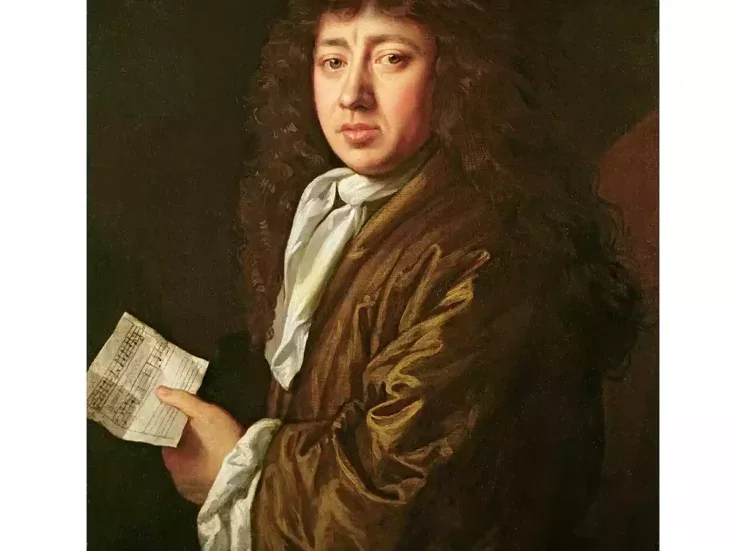
Celine Song’s wonderful movie prompts Harry Eyres to reflect on a lifetime of Burgundy.
The beautiful, exquisitely shot and acted, heartbreakingly poignant film Past Lives, directed by the Korean-Canadian playwright Celine Song, plays strange tricks with time. The action jumps forward and backward in great leaps (after the short opening scene, it jumps back 24 years, then forward 12 years, then forward another 12 years, and briefly backward again), but almost without seeming to. It’s an unconsummated love story, and it’s about how people are both the same and not the same through time. In terms of the title, it’s about how past lives in some way continue to exist and reverberate in the present, even though they are also irredeemably past.
For some reason, this wonderful movie made me think of my relationship with Burgundy and its wines (the film has absolutely nothing to do with either wine or Burgundy) and forged a link between my most recent experiences of Burgundy (the wine), consisting of various tastings of the 2022 vintage, and one of my very first trips to Burgundy, the wine region, in fact specifically to the village of Vosne-Romanée, way back in the cold spring of 1987.
That’s 37 years ago—longer than Mozart lived—and I suppose all the usual clichés apply. I was in my 20s and just starting out on the path of wine writing (always mixed with other kinds of writing), having left a teaching post that my parents regarded as a mercifully safe berth for their errant, academic manqué son. You could call it—channeling Browning—the time of my “first fine careless rapture” as a wine writer, when every wine region beckoned and, in quite a number of instances, came forward with rather tempting invitations.
Burgundian glasnost
If that was a propitious moment to be a tyro British wine writer—wine consumption in the UK was rising rapidly, wine coverage in newspapers and magazines was expanding to match, and a congenial group of young mavericks had entered the field (including my companion on that trip, Tim Atkin)—for Burgundy it was far from the best of times. Prices were falling, American demand slowing, and a recognition growing that serious mistakes had been made in terms of viticultural practice (overfertilization in particular) in the 1970s. Burgundy, strange to say, had ground to make up; it needed to open itself up more to the world—hence the invitation to a bunch of British wine writers to visit Vosne-Romanée, culminating in a grand dinner in the vaulted cellars of Clos Frantin, bedecked with Union Jack flags for the occasion, and featuring trumpeters dressed as Burgundian beefeaters blasting out “God Save the Queen.”
One wag commented that it was probably the first occasion at which all the growers of Vosne-Romanée had spoken to each other, let alone to a group of foreigners. If this was a historic exercise in Burgundian glasnost, as I wrote at the time, it was one that showed a certain lack of practice. What broke the ice, predictably enough, was the wines. They mostly came from the 1985 vintage, which (again as I wrote then) produced infant prodigies, proffering even in their extreme youth delectable variations on the themes of raspberries and violets on the nose, and fine, velvety richness on the palate. Not just the wines, of course, but the spirit of generosity and justified pride in which they were poured. Domaine de la Romanée-Conti, the grandest of them all, offered a sumptuous 1979 Grands-Echézeaux.
Recapturing the glow
Am I, is Burgundy, in any sense the same now as we were then, in that past life? It seems quaint that possibly the grandest wine village on the planet felt the need to advertise itself more, and I doubt that any such exercise in the future would include an offering from DRC, whose wines I remember my grandfather drinking (he was manager of a greyhound-racing stadium) but which are now reserved for the plutocracy. My hair is mostly gray now, and if I have fire (I hope I still do), it is the kind that Shakespeare described as lying, and smoldering, “on the ashes of his youth.”
Burgundy still has a place in my heart, however. And every year there is a chance to recapture the glow and excitement of earlier experiences, in the form of the series of tastings in London showing the last vintage but one that alleviate the gloom of January—in this case, an ominous, bloodstained one. I attended only a few of them this year, but the 2022 vintage touched me with its sheer beauty; one of those years, like 1985, when the conditions, or the gods, conspire to produce wines of exceptional completeness and grace. A fine, lovely Burgundy vintage might not provide any consolation to those suffering unimaginable losses in Ukraine or Gaza, but it did to me.
For human beings, past lives can be marked by harsh ruptures. The 12-year-old Na Young who left her friend Hae Sung behind on a street corner in Seoul, as her 36-year-old self explains to him, when they finally meet again in New York, toward the end of the movie, no longer exists. With wine, past lives are sealed within walls of glass, and with any luck can mature gradually without rupture or trauma. And every year—for the vineyard, at least—there is the opportunity for a miraculous renewal.






